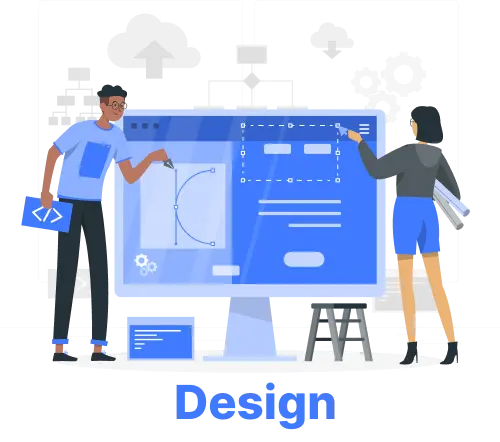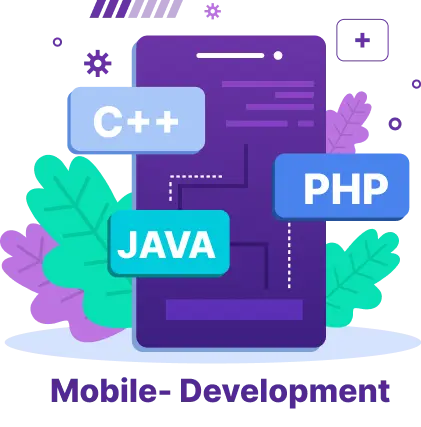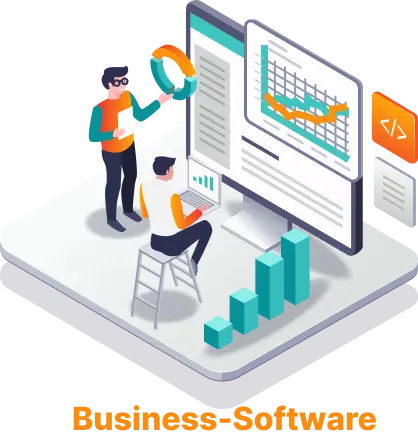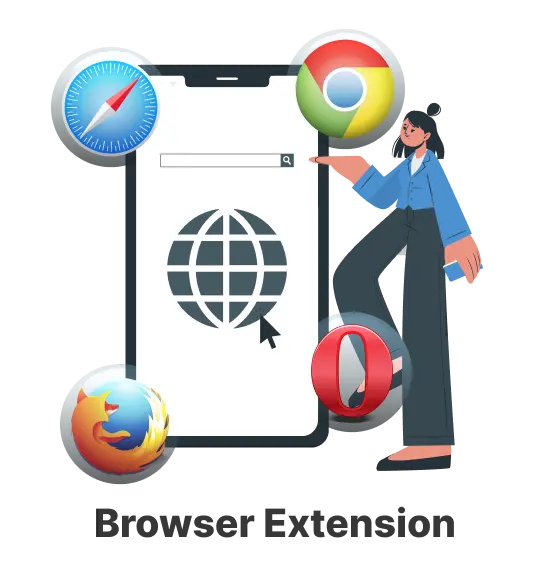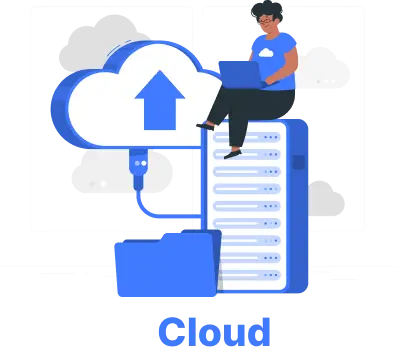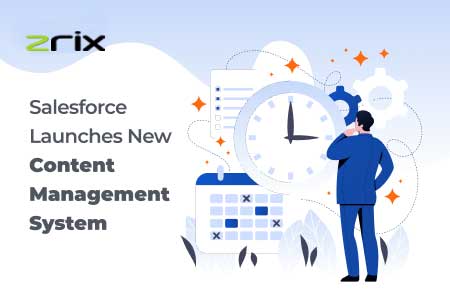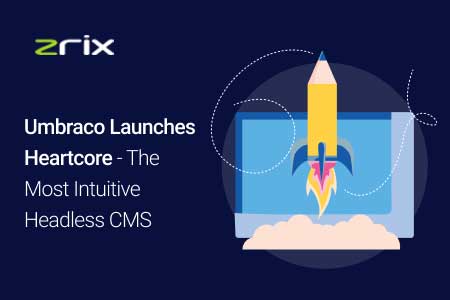Why Headless CMS Is The Future of Content Management System?
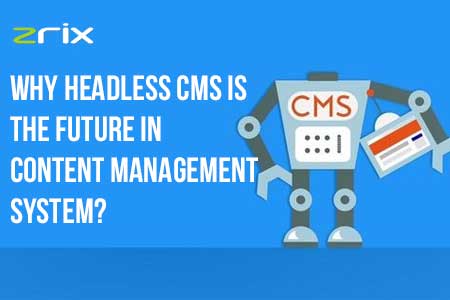
Majority of the software development companies use CMS to have their online presence. As the age of the IOT is accelerating, it seems, traditional CMSs are failing.
Drupal and WordPress are the two topmost CMS, but somewhere in the midst, the users demand for a higher user-friendly experience is increasing. Thus, to fulfill it, we need a better CMS to work.
That’s why the introduction of “HEADLESS CMS” is necessary for the region of software companies Raleigh NC
Before we dive deep into the future of content management, let’s quickly review what exactly the headless cms mean and why it is the future.
Traditional CMS create and edit tons of content every day by using WYSIWYG or HTML editor. In such editors, there is a built-in database where we save content and a built-in front-end delivery system, aka Head to display the content.
Unfortunately, such CMSs fails to introduce IoT to your applications, whether it is an e-commerce portal, a blog, service providing site, or any kind of online software having informative content and data in it.
"However, the Headless CMS is s next generation CMS where introducing IoT is easy.”
Headless means no head!
When we talk about websites, we have a head and a body. Head is front-end, and body means back-end. Thus, this new CMS supporting IoT applications means no built-in front-end system.
Now, you get a question in your mind;
Read Also: Importance of CMS Development Services
If there is no front-end then where the content will display?
In headless CMS, a front-end developer chooses the best interface, i.e., API to call up the content instead of creating a relationship between codes and content.
Also, it separates the content from its container, and content managers can optimize and serve content as per requirements from websites to apps, chatbots, smartwatches, connected home devices, voice assistants, and more.
“So, did you get any idea how Apple’s Siri, Amazon’s Alexa, Microsoft’s Cortana, and Google Assistant answers your every question.”
Headless CMS Definition
A Headless CMS contains the backend and API to store and deliver the content respectively.
The lack of frontend is not a disadvantage to this CMS because it uses API calls to render content to any smart device or web pages.
Also, it seeks no requirement from hosts. Hence, developers prefer headless CMS over other traditional CMSs because it is easy to maintain.
Headless CMS features creating and authorizing content in multi-language, organizing content repositories, advancing image management, improving workflow and collaboration, and managing digital assets.
“Headless CMS is a system to control the content which is separated from the display layer.”
Is Headless CMS A User-friendly CMS?
Like every other CMS services such as WordPress Development services or of Drupal; Headless CMS, aka Decoupled CMS, also has the same kind of user-friendly characteristics.
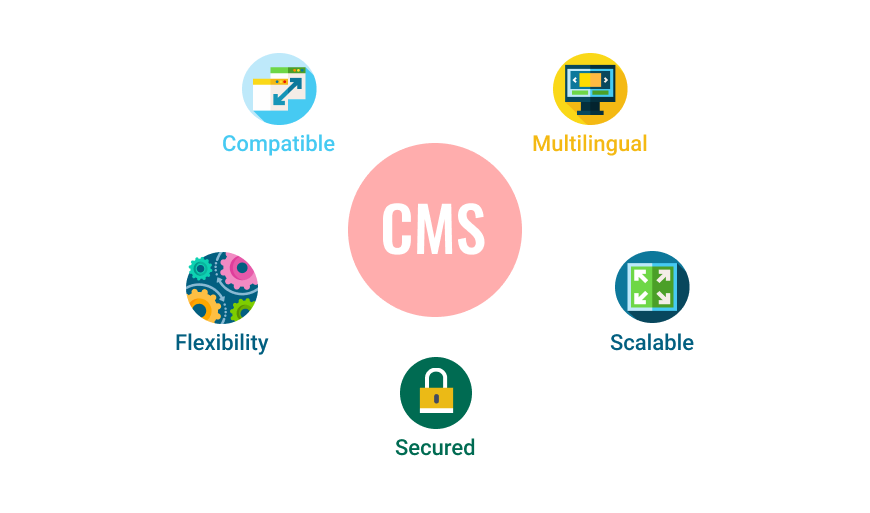
Some of them are as follows:
-
Flexibility: Since it is a well-defined API, managing content is easy and flexible.
-
Compatible: You can publish the content anywhere and control it from one device.
-
Secured: The content publishing environment isn’t accessible from any database, so it is easy to prevent malware attacks.
-
Scalable: With headless CMS, you get more time to customize your website as per your need anytime without affecting performance.
-
Multilingual: The developer can integrate it with any codebase and language.
-
It provides an improved and tailored user experience as managing content via it on multiple channels is easy.
-
Once your content neatly sits in API, you future proof your websites and increases the chances of growth.
“Strapi.io is the highly advanced Node.JS based upon an open-source headless CMS.”
In 2018, digital leaders reported that “The ease of integration among the front-end components is important and best fits with the headless CMS.”
Headless CMS plays well with several frameworks like React, Ember, Angular, and so on. It is application-friendly and also has the flexibility to speed up your time-to-market.
In comparison to Drupal web development services, using Headless CMS is better. However, because it is new, it lacks awareness.
Read Also: The Ultimate Guide for Best CMS
Headless CMS: Best Way To Go Omnichannel
There are many marketing channels and touchpoints to create complex web content outlets. Besides, it can serve several microsites of your company and organization at any given time.
Therefore, rather than wasting time in duplicating your content for different channels, use headless CMS. It empowers you to develop seamless, integrated, and personalized brand experiences while keeping your brand marketing consistent.
I believe you can head the competition of multichannel marketing by increasing user engagement with some of the best headless CMS.
It’s time to bid goodbye to the traditional CMSs because of the new content management systems like WordPress headless, Drupal headless, PHP headless CMSs are waiting for adoption by the IT, software and web development companies.
The future of the enterprise content industry lies in headless CMSs, which will soon implement the true multi-marketing, multichannel, and multibrand application.
The new age of content management starts with various types of closed-source and open-source headless CMSs. As we believe in front-end development freedom, it will definitely fulfill all the content-specific needs of users.

